Description
Of the nine species of echinacea, E. pallida is arguably the most striking with its long pale purple petals. It is used less in herbalism than E. pupurea and E. angustifolia, but this is more than compensated for by its presence in the herb garden.
Native to central and southeastern United States, Echinacea pallida has a varied natural habitat, from prairies to open woods and roadsides. Unlike E. angustifolia, which has adapted to the arid conditions of the Great Plains, E. pallida grows happily in relatively moist soils, making it easier to grow in the UK climate than E. angustifolia.
If you grow more than one echinacea species in your garden it’s important to be aware that the different species can cross-pollinate when grown in proximity to each other, meaning that any seed that you collect, or self-seeded plants that come up on their own, may display genetic variations and vary the active ingredients when used in herbal medicine. If you want to harvest pure seed grow one species only, or grow the plants in a cage with isolated pollinators.

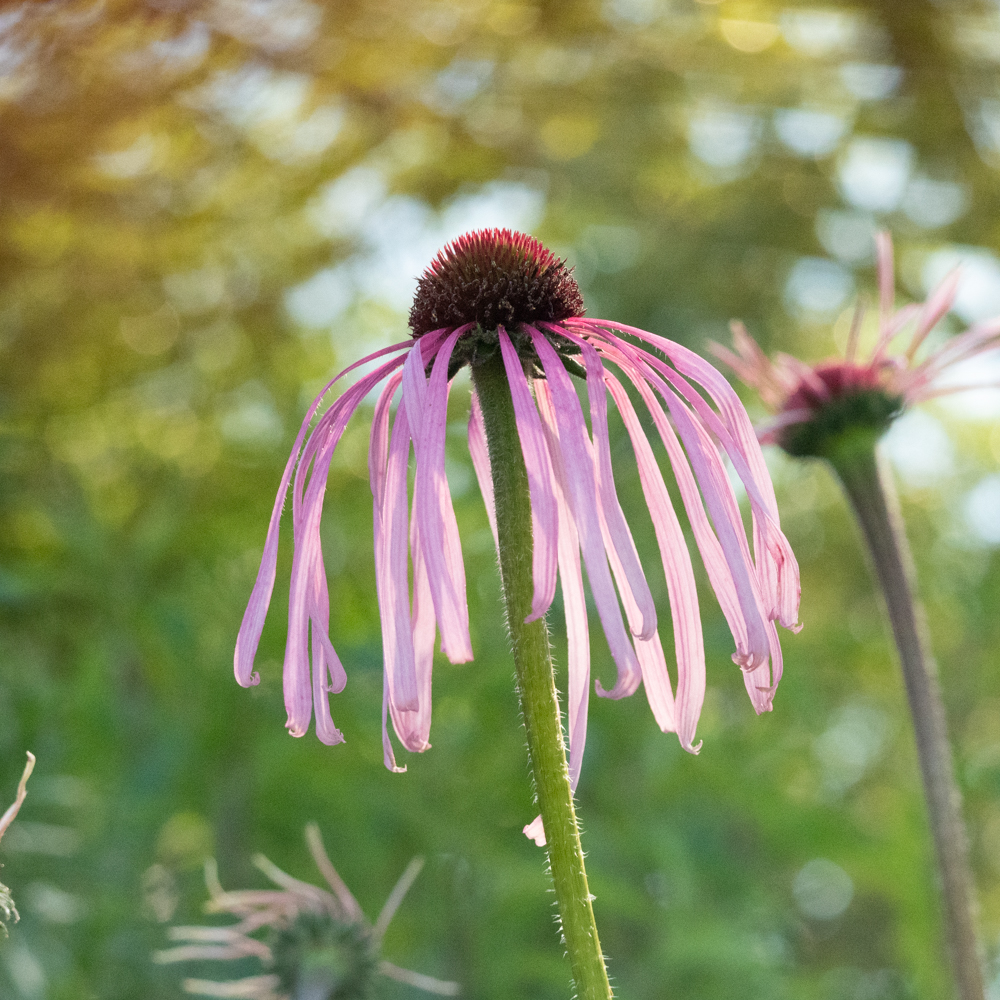
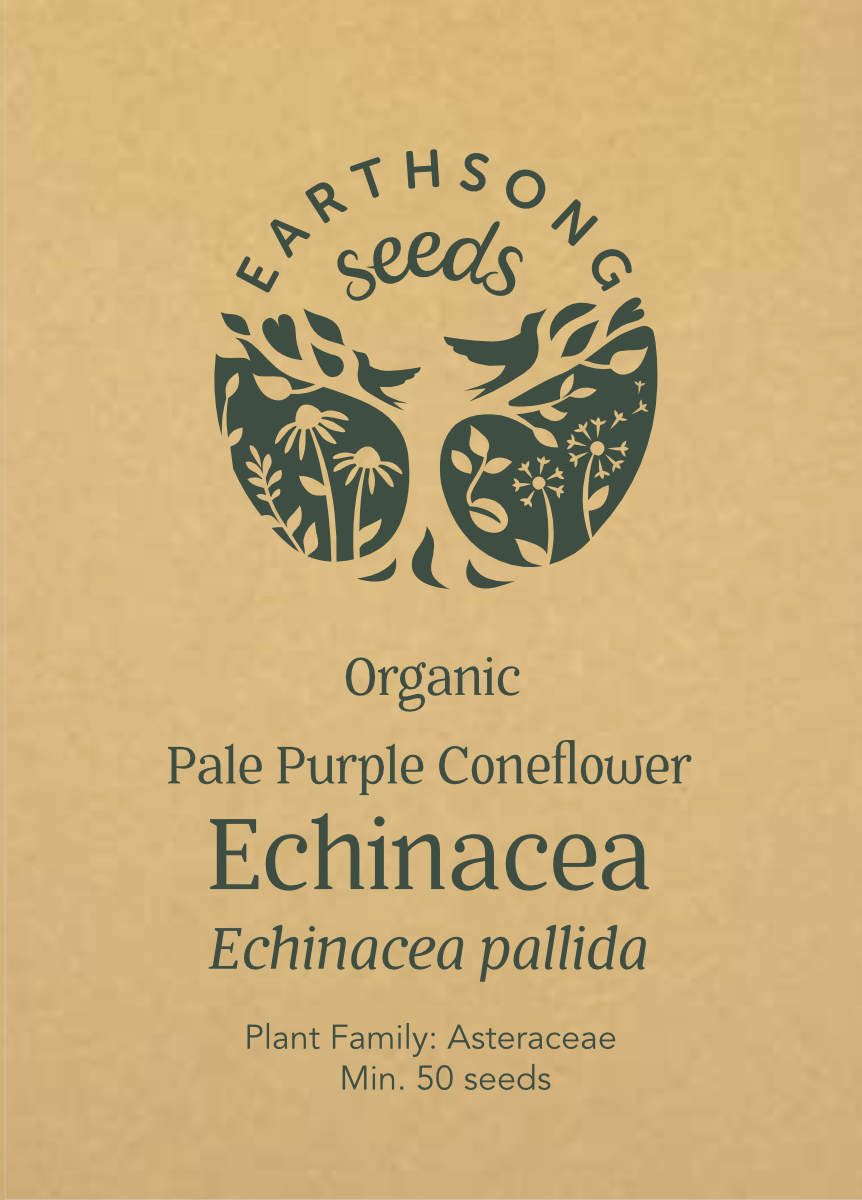
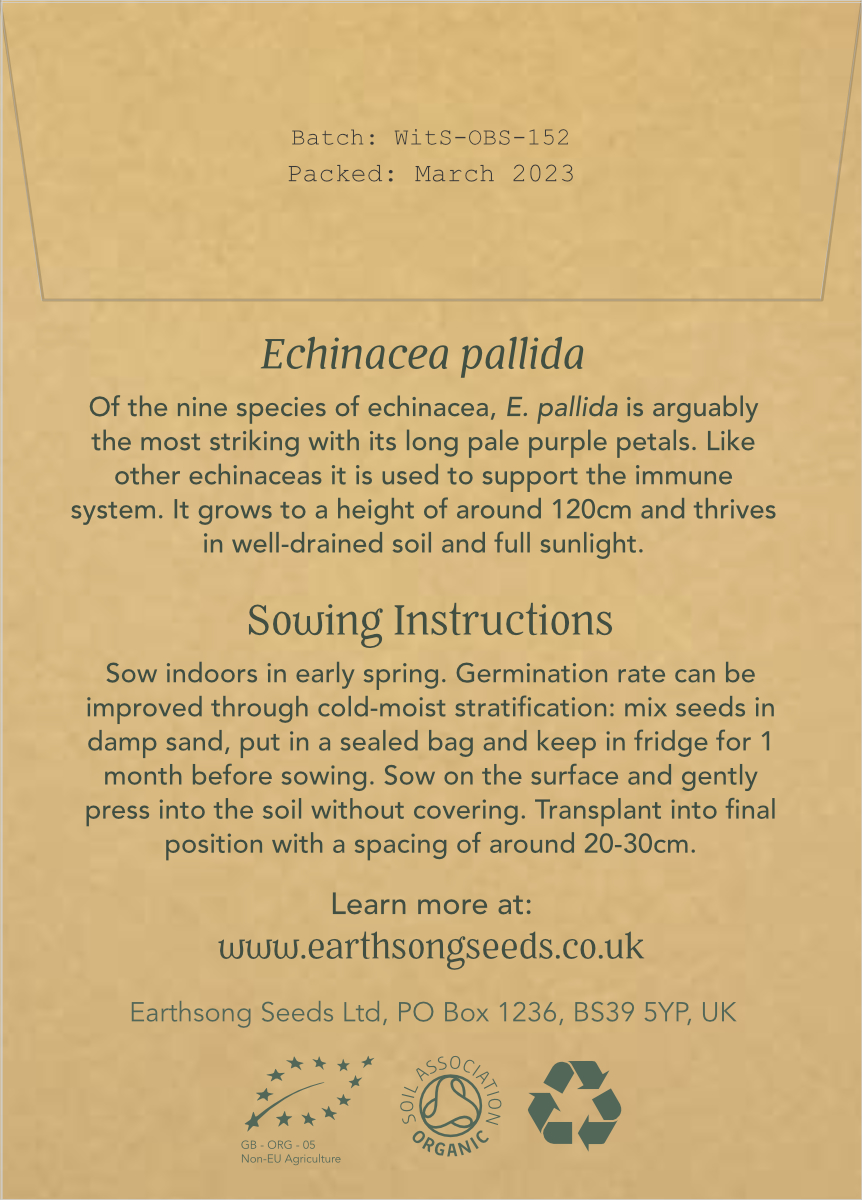
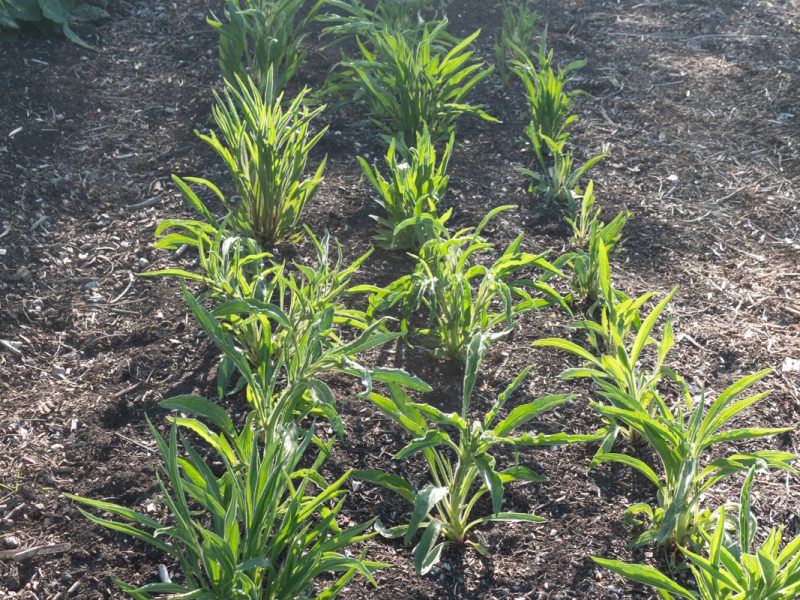
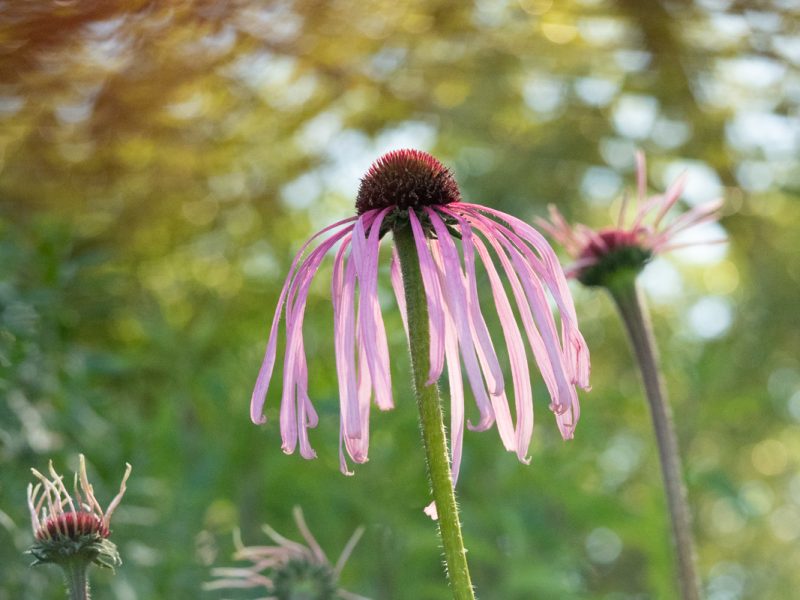
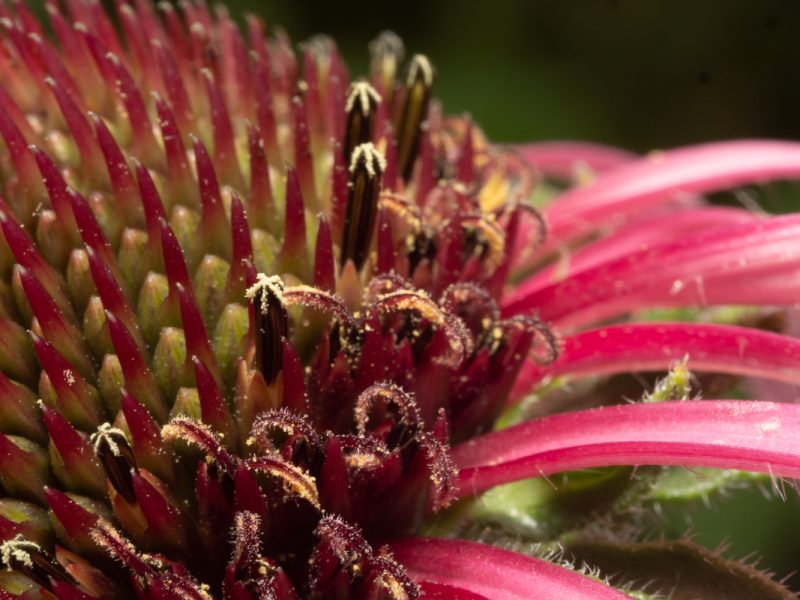
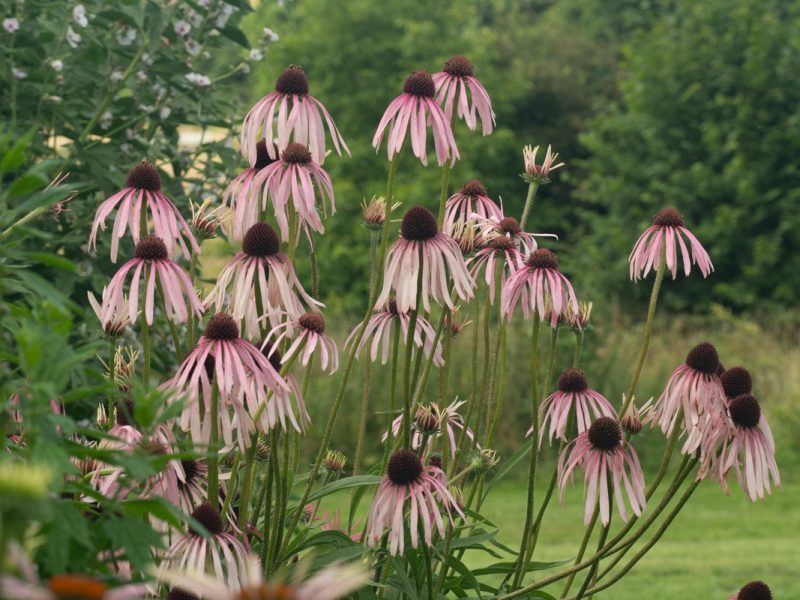



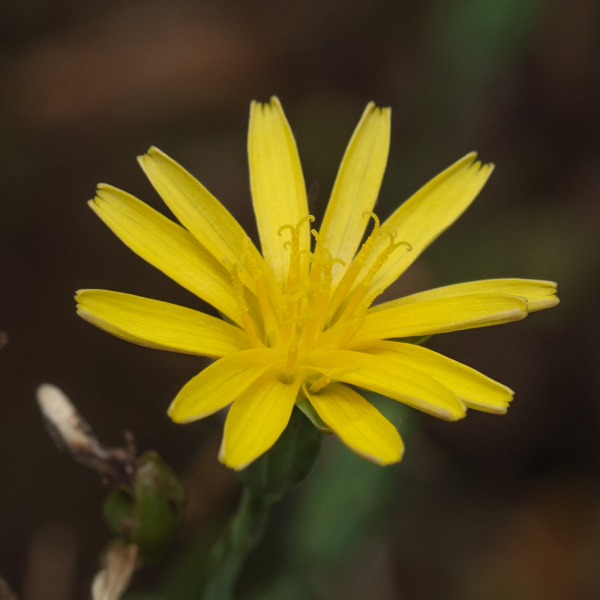

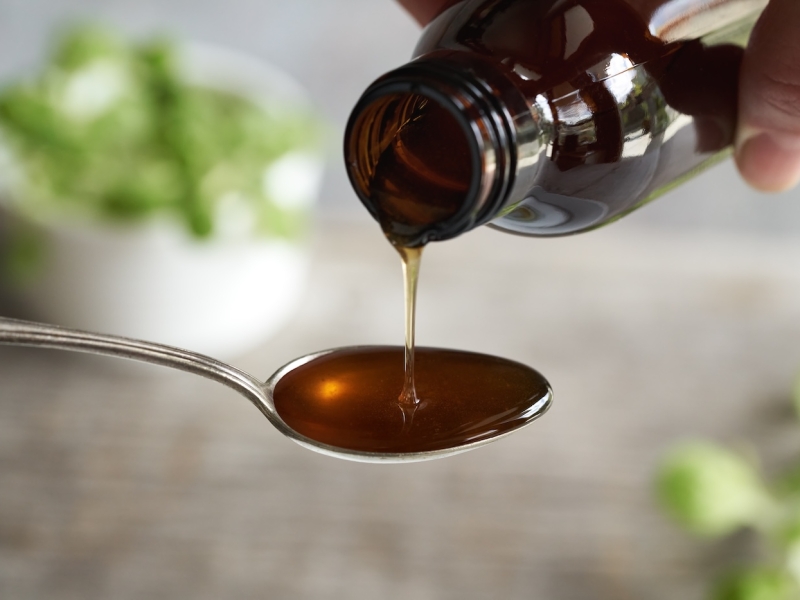



Reviews
There are no reviews yet.